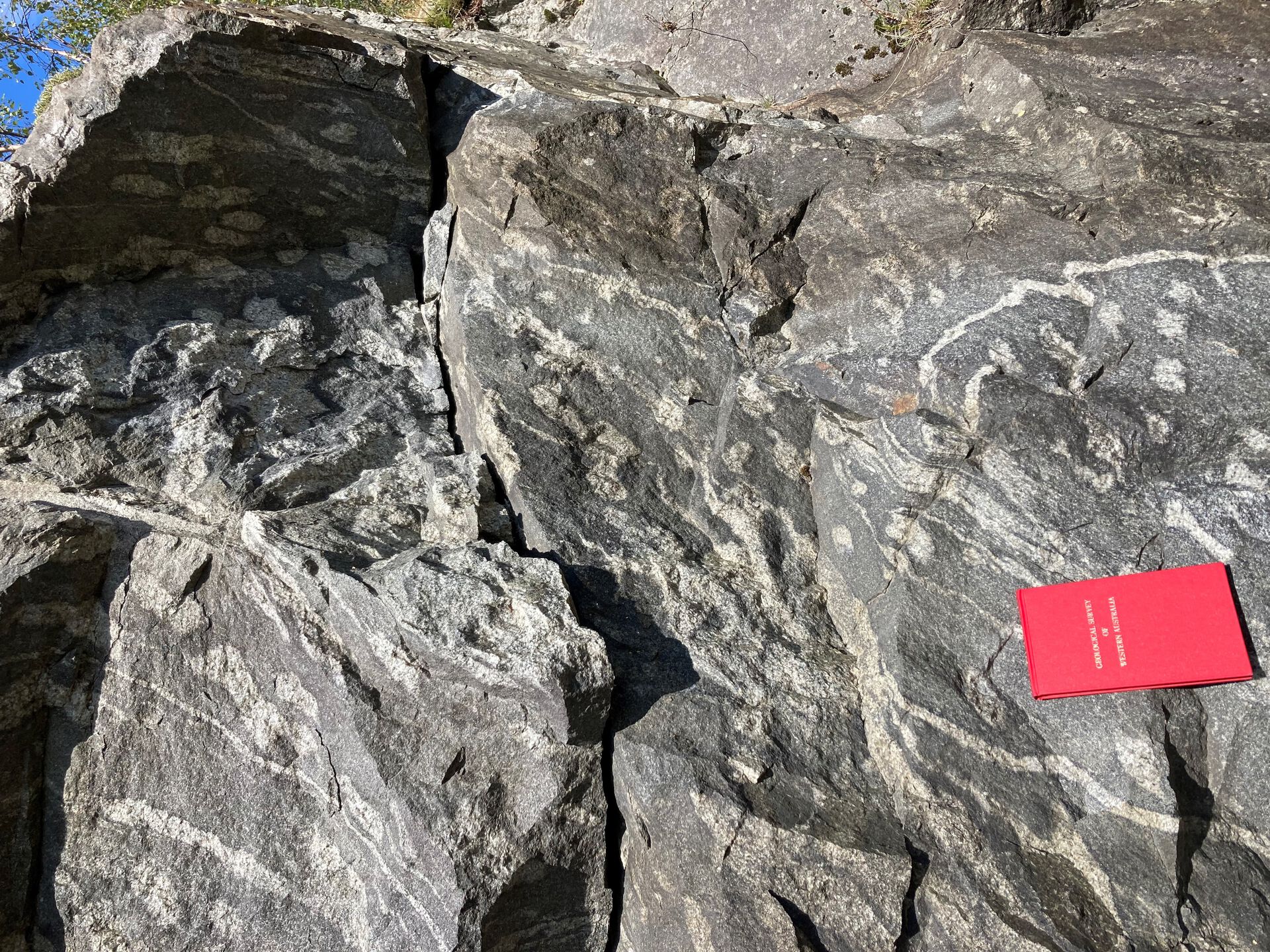Partial melting is the fundamental process by which the crust evolves in composition through geological time. The differentiation of the continental crust occurs principally through the production, segregation and migration of silica-rich (felsic) melts from deeper source rocks to shallower sinks where they erupt or, more commonly, crystallize as granitoid rocks (Fig. 1).
The extraction of melt from crustal rocks and the subsequent emplacement and crystallization of plutons generally involve deformation. The feedback between deformation, melt segregation and migration, and emplacement of plutons are, however, not well understood. This represents a fundamental question in crustal evolution and one that has important implications also for the genesis and distribution of ore deposits of economic interest, which are frequently hosted in plutons or in their immediate host rocks.
The aim of this MSc project is to shed a light on the mechanisms of emplacement of the Egersund-Ogna anorthosite massif in Rogaland, SW Norway. Field observations indicate that significant shear deformation is localized along the contact between the anorthosite and the host rock, as well as within the anorthosite. The pressure and temperature conditions of the deformation and its possible role in channelizing melt migration and in generating space for pluton emplacement have not been thoroughly addressed yet. Furthermore, the region hosts Wolfram- and Molbydenite deposits, the formation and distribution of which might be related to the deformation structures in the anorthosites.
Thus, the main objectives of the project are to (1) map in detail the contact zone between the anorthosite and the host rock, (2) constrain the kinematics of the deformation localized at the contact zone, (3) estimate the Pressure-Temperature conditions (hence the crustal depth) of deformation and melt crystallization, and (4) evaluate the role of deformation on the emplacement of the anorthosite massif.
The project will integrate the following tasks:
- Mapping and structural analysis of the contact zones between anorthosite plutons and their host rocks (3-7 days);
- Microstructural analysis of rock samples using polarized light microscopy, scanning electron microscopy (SEM) and electron backscatter diffraction (EBSD);
- Measurements of mineral chemistry with the electron microprobe (EMPA), and use of the data to estimate the pressure and temperature conditions of pluton emplacement and associated deformation in the deep crust.
The student will get training in field techniques and in advanced material characterization and will have the opportunity to use the facilities of the Goldschmidt Laboratory, a Norwegian national infrastructure for the advanced characterization of solid earth material run by UiO and by the Geological Survey of Norway (NGU). To undertake the project, a good background in petrology and structural geology is recommended.

Photo: Luca Menegon/UiO. Click here for a bigger version of the picture.